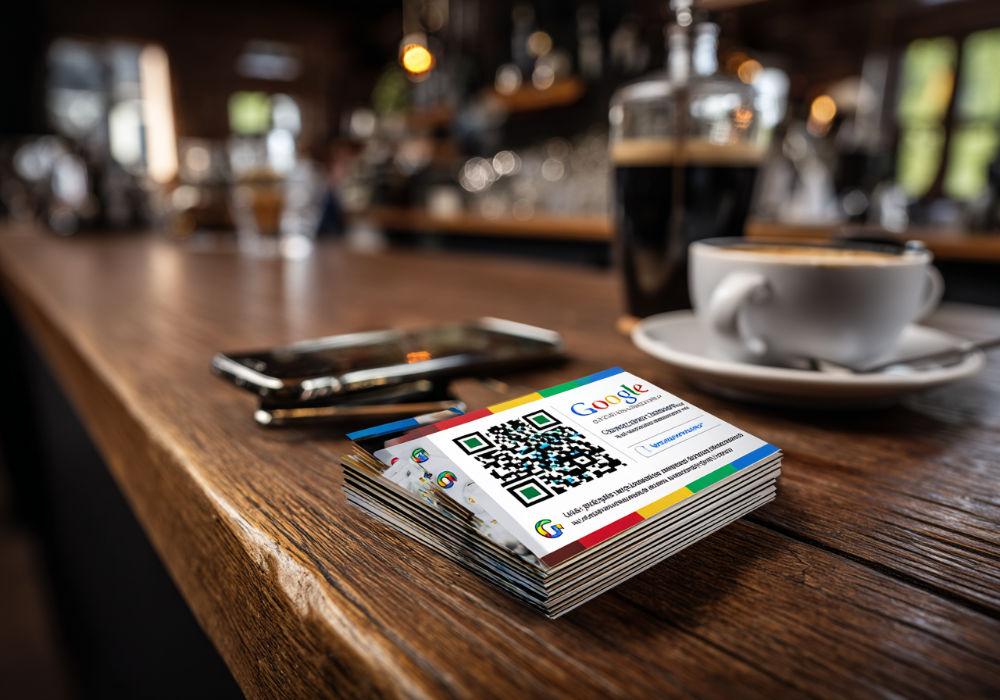Maximising Return on Investment Through Effective Conversion Strategies
How do I optimise my Google Ads campaign for conversions? Improving the conversion rate of your Google Ads campaign is not just about efficiency. It’s about unlocking the potential for increased profitability. Conversion optimisation involves refining various aspects of your ads and landing pages to increase the likelihood of visitors completing desired actions, such as making a purchase, signing up, or filling out a form. This guide will provide detailed insights into how to enhance your Google Ads for better conversion outcomes, leading to a more profitable campaign.
Understanding Conversion Tracking
Before you can optimise for conversions, it’s vital to implement conversion tracking. This feature in Google Ads lets you see what happens after a customer interacts with your ads. Whether they purchased a product, signed up for a newsletter, or filled out a contact form. By understanding how your ads lead to conversions, you can better measure the success of your campaign and optimise accordingly.
Refining Your Targeting Options
To increase your conversion rate, start with your targeting. Use demographic data, interests, and user behaviour to refine your audience segments. The more targeted your ads, the higher the likelihood of conversion. Consider utilising advanced targeting options such as remarketing and similar audiences to reach users who have already shown an interest in your products or services.
Optimising Ad Copy and Creative
Ad copy and creative elements drive conversions. Each ad should have a clear, compelling call to action (CTA) that encourages users to take the next step. Test different versions of your ad copy and creative elements, such as images or videos, to determine what resonates best with your audience. A/B testing can be an effective method to improve ad response and optimise for higher conversion rates.
Enhancing Landing Page Experience
The landing page is where conversions happen, and its alignment with your ad is critical. Ensure that the message and offer in your ad seamlessly match the landing page. The page should load quickly, display well on mobile devices, and provide a user-friendly experience that guides visitors towards the conversion goal. Regularly test different elements of your landing page, such as the layout, content, and CTAs, to maximise conversion potential.
Utilising Conversion Rate Optimisation (CRO) Techniques
Conversion Rate Optimisation involves systematically testing different aspects of your website and ads to improve the percentage of users who complete a desired action. Use tools like Google Analytics and Google Ads to analyse performance data and identify areas for improvement. Heat mapping, user session recording, and form analytics can provide deeper insights into user interactions and barriers to conversion.
Managing Your Budget and Bids Effectively
Budget and bid management are crucial in conversion optimisation. Adjust your bids based on the performance of different keywords and ad placements. Consider using automated bidding strategies like Target CPA (Cost Per Acquisition) to optimise bids based on conversion data, ensuring your budget is used effectively to achieve the highest possible return on ad spend (ROAS).
Analysing and Acting on Conversion Data
Regular conversion data analysis is essential for ongoing optimisation. Review metrics such as cost per conversion, conversion rate, and return on ad spend to understand the economic impact of your ads. Use these insights to make informed decisions about ad spend allocation, campaign adjustments, and strategies for future campaigns.
By focusing on these strategies, you can significantly enhance the effectiveness of your Google Ads campaigns, leading to better conversion rates and increased profitability. Remember, conversion optimisation is not a one-time fix. It’s an ongoing process that requires continuous testing, measurement, and adjustment. This reassures you that you can continually improve your campaign performance, even in changing user behaviours and market conditions.




